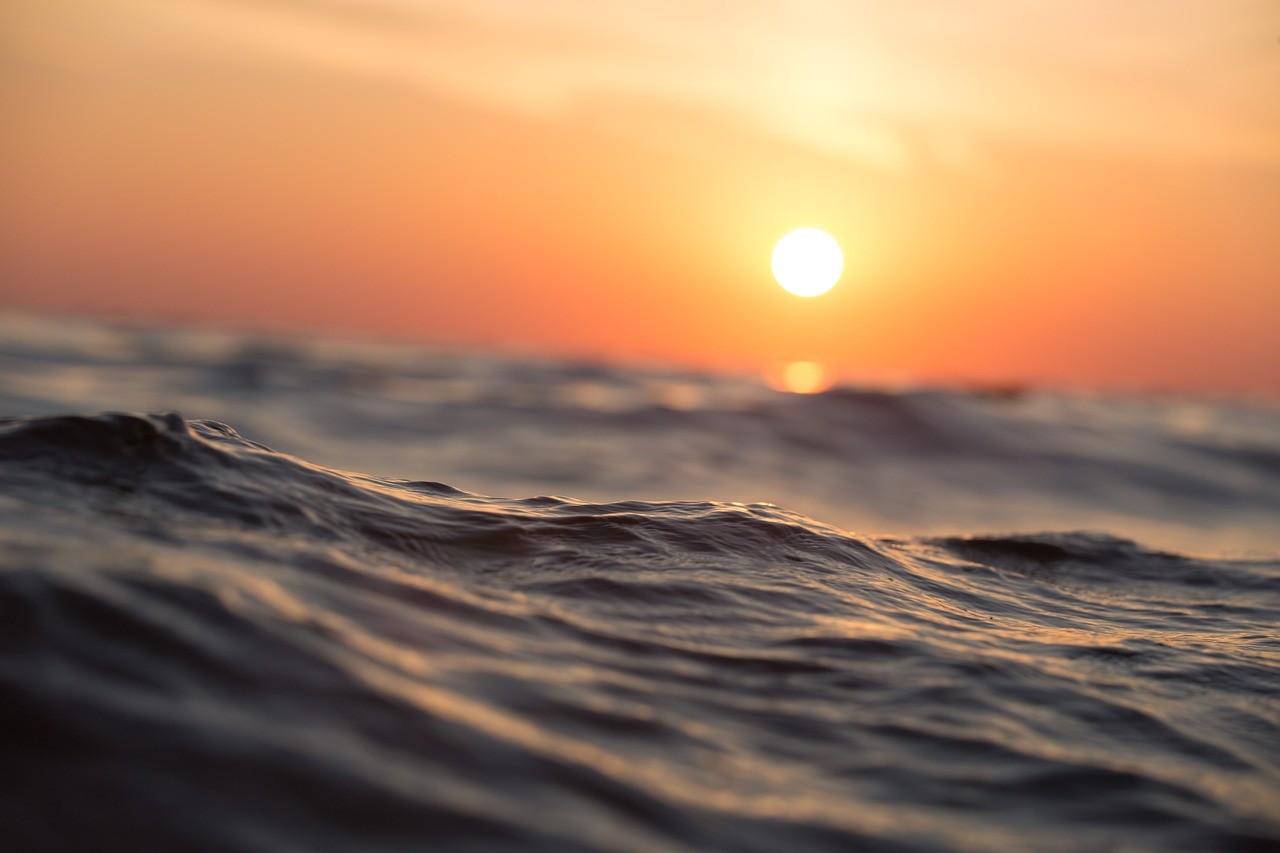Breaking
Japan poised to discharge water from the Fukushima nuclear power plant into the ocean

Since mid-March, the global average sea surface temperature is over 21℃ – the highest since satellite records began. (Pixabay photo)
Japan announced its intention to commence the release of radioactive water from the damaged Fukushima nuclear power plant on August 24th. This action initiates a strategy that has garnered significant disapproval from the neighbouring China, South Korea, and nearby fishing communities as well. The latter express concerns about potential impacts on their means of sustenance.
Japan has asserted the safety of the water discharge, a stance supported by the validation of the International Atomic Energy Agency (IAEA). Following an examination in July, the United Nations nuclear oversight body granted approval to the proposal, affirming its alignment with global benchmarks and affirming that its impact on both individuals and the environment would be of ‘minimal consequence’.
Currently, the premises contain approximately 1.3 million metric tons of radioactive water, equivalent to the capacity of 500 Olympic-sized swimming pools.
Meanwhile, opposition continues. In Seoul protestors have gone as far as to stage a rally opposing the plan to release treated water from the Fukushima nuclear power plant into the ocean. A number of small groups have been reported protesting throughout the country as well.
The government of Hong Kong has announced its intention to impose limitations on the import of seafood from nearly a dozen prefectures in Japan.
The Vice Foreign Minister of China also raised a formal objection against the scheduled water release to Japan’s ambassador to China. Beijing articulated serious apprehensions and resolute dissent regarding the matter.





















